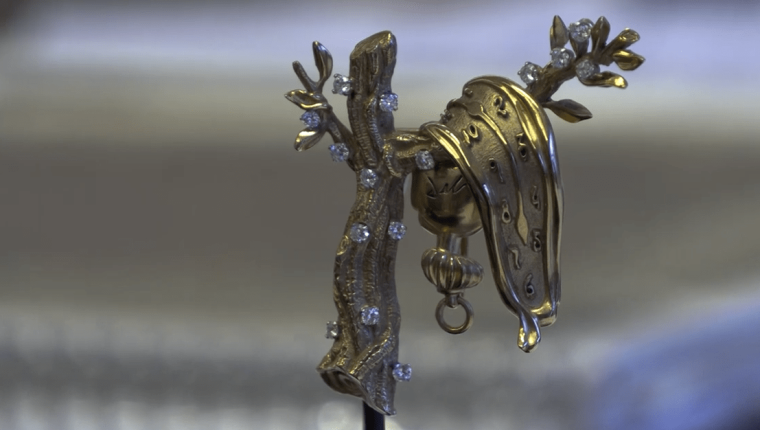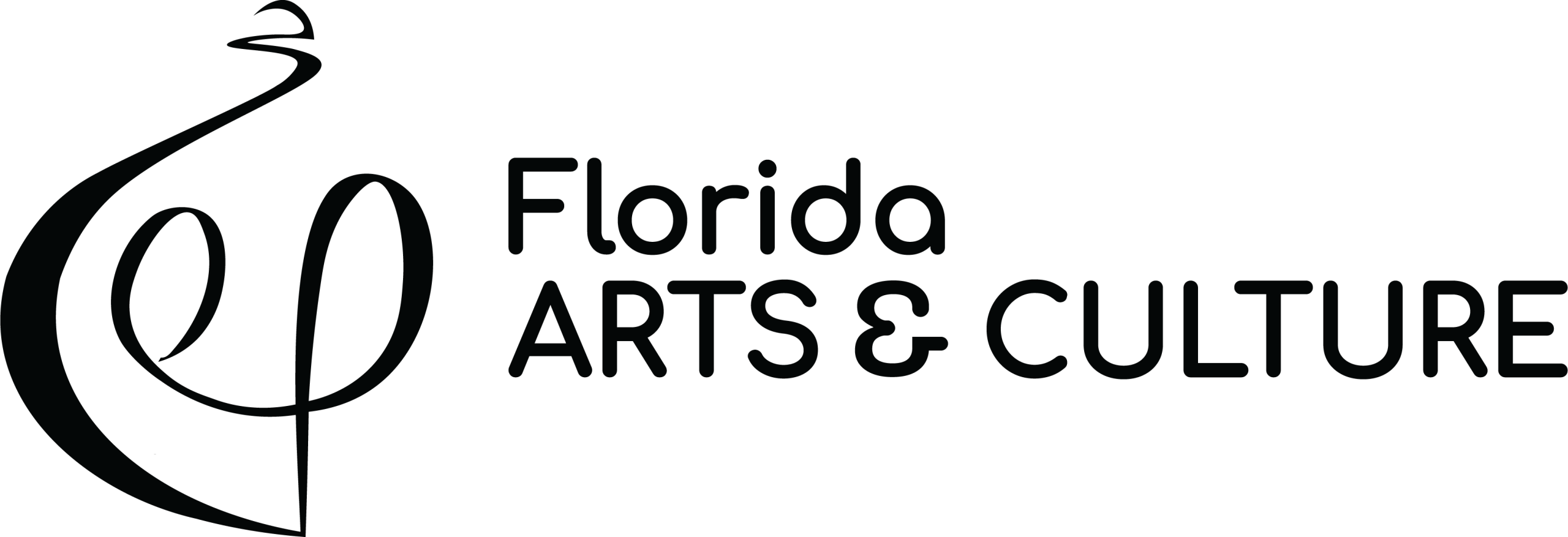. . .
The event offered by the Dalí Museum in downtown St. Pete was called Cava & Clues: An Evening with Dalí’s Jewels. I have never been a big fan of Cava, often called the Champagne of Spain, but I sure was intrigued by that second word – Clues.
As a lifelong fan of Nancy Drew mysteries (see my contribution to Books That Sparked You As a Kid), I can never resist a whodunnit — especially one set in a museum.
I was also interested in The Dalí’s exhibit of Dalí’s jewelry, a rare chance to see pieces which usually are tucked away in the museum’s vaults.
Salvador Dalí approached jewelry making with the same wild imagination he brought to the canvas — and in many cases applied the same surreal themes to his pins, necklaces and earrings. One of his jewelry pieces, for example, included a melting clock.
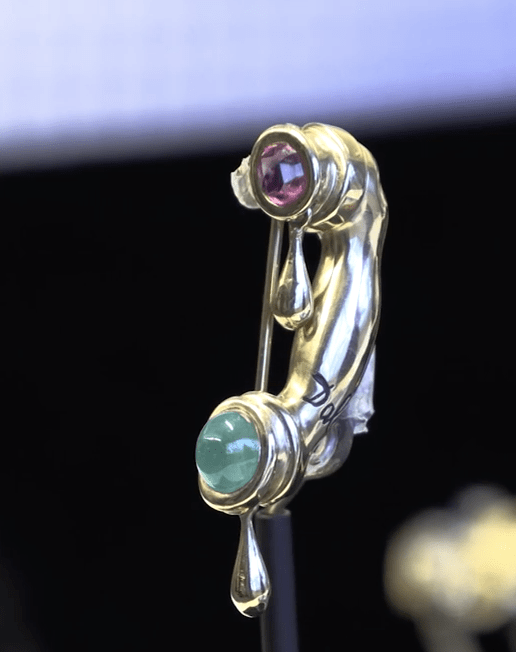
The bulk of his jewels are on display at the Dalí Theatre and Museum in Figueres, the city in Catalonia where he was born, in an annex built especially to house them.
But the Dalí Museum here in St. Petersburg owns its own small private collection – Dalí-designed jewelry bought and worn by Eleanor Morse.
You can see videos of jewelry designed by Dalí, in motion –
thanks to the Fundacio Gala-Salvador Dalí
in his hometown of Figueres, Spain.
The Morses largely collected Dalí’s oil paintings — these are the artworks that are the foundation of the Dalí Museum — but the couple also was captivated by the artist’s foray into jewelry-making.
They couldn’t afford the one-of-kind pieces Dalí was producing when they first met him in the ’40s, but the couple eventually managed to commission more affordable versions of those expensive creations. A telephone pin (bought for $380). That Persistence of Memory broach with the melting clock (which cost them $1,100). And a stunning matching necklace, earrings and bracelet set called the Tree of Life.

These were the pieces that Eleanor wore when she went to the ballet or opera or dined with Dalí, pieces now on display in the museum’s main gallery.
According to Peter Tush, the museum’s curator of education (see his 2021 talk on Follow the Tangent), Dalí’s interest in jewelry began early — in the late 1930s when, while traveling in Italy, he became enamored with the works of Benvenuto Cellini.
Cellini was a celebrated Italian goldsmith and sculptor, but he had another claim to fame that certainly lent him an air of mystery – at age 37, he was accused (probably falsely) of embezzling the gems of the pope’s tiara.
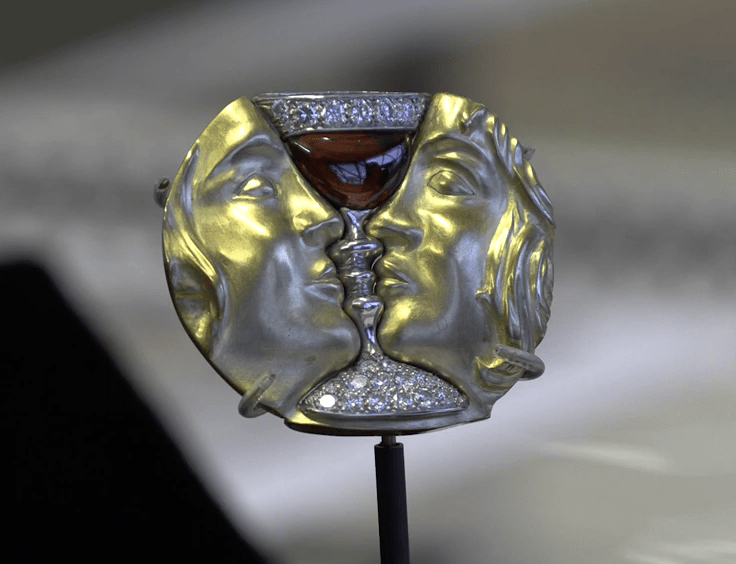
At Cava & Clues, we were invited to contemplate another missing jewel, this time from Dalí’s own collection.
The invitation read, “Cocktail hour will be followed by a presentation of the Museum’s jewelry collection with an unexpected twist – a jewel is missing. Explore the Museum’s permanent collection and learn more about key works that will help solve the mystery of the missing gem.”
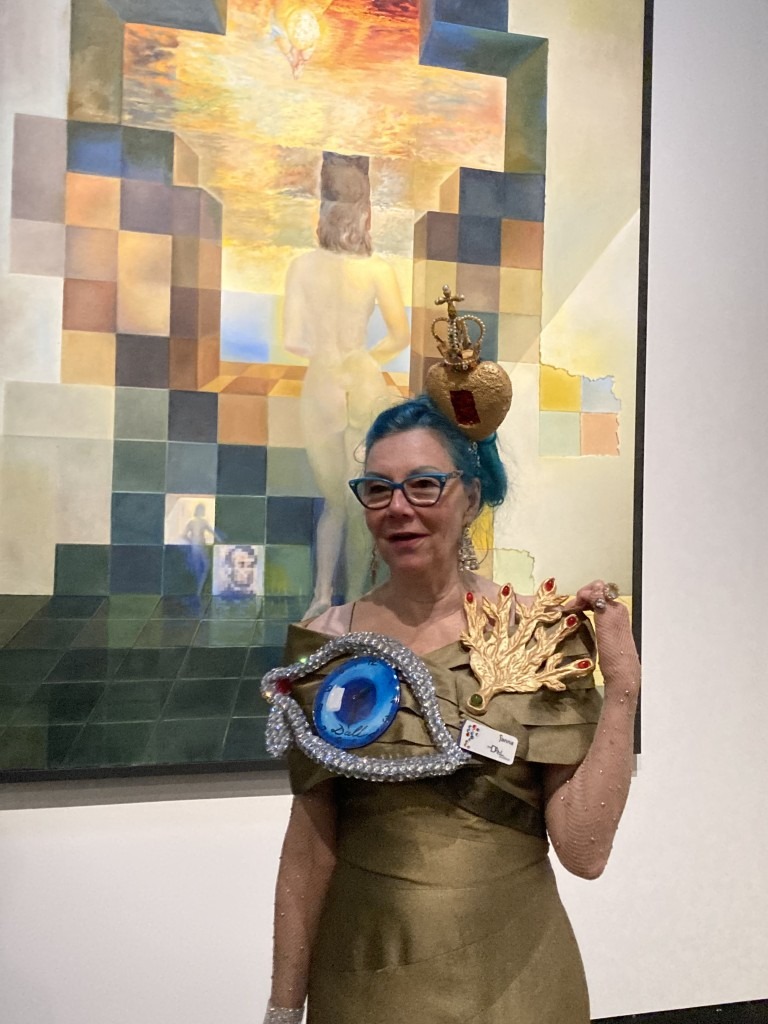
For museum members only, Cava & Clues was sponsored by the Zodiac Membership Committee, a group of 12 volunteers who hold such events to inspire more people to sign up to become members of the museum.
Their name echoes the original Zodiac Group created in 1932, which also had 12 members – each of whom sponsored Dali for one month of the year in exchange for an original work that Dalí produced that month.
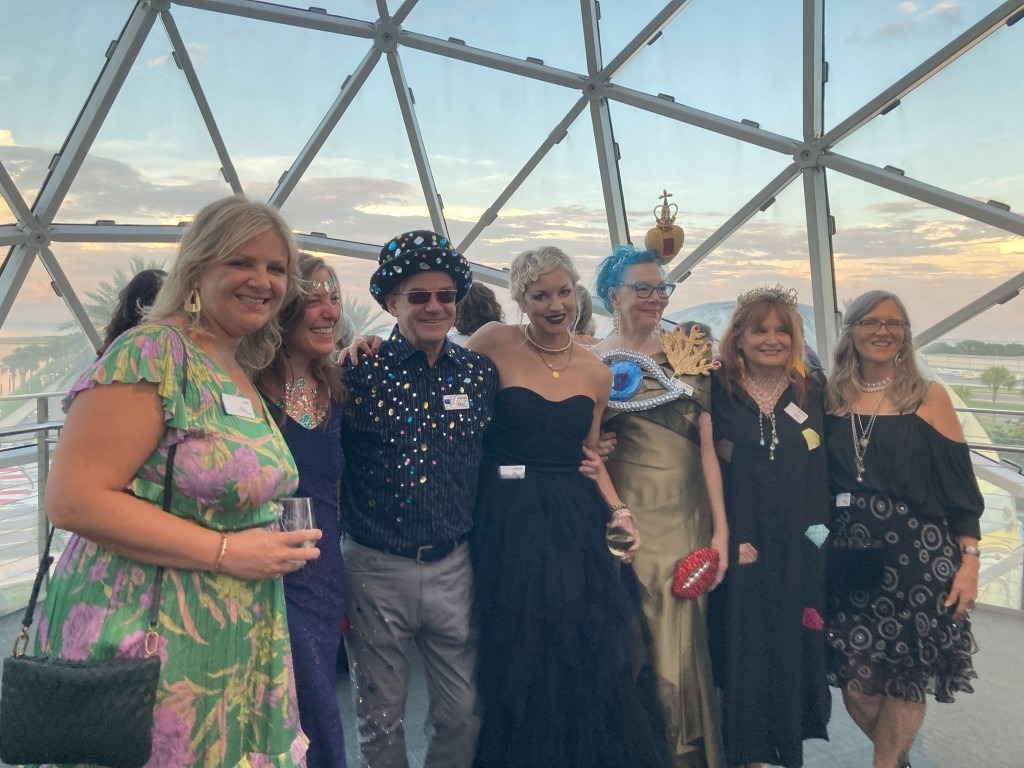
The opening cocktail party of Cava & Clues was held in the atrium on the 3rd floor overlooking the new Dome installation in the Avant-Garden. In addition to the promised flutes of Cava, they also served, much to my relief, other wines as well (although I admit a night called Sauvignon Blanc & Clues wouldn’t have had quite the same ring to it as Cava & Clues did).
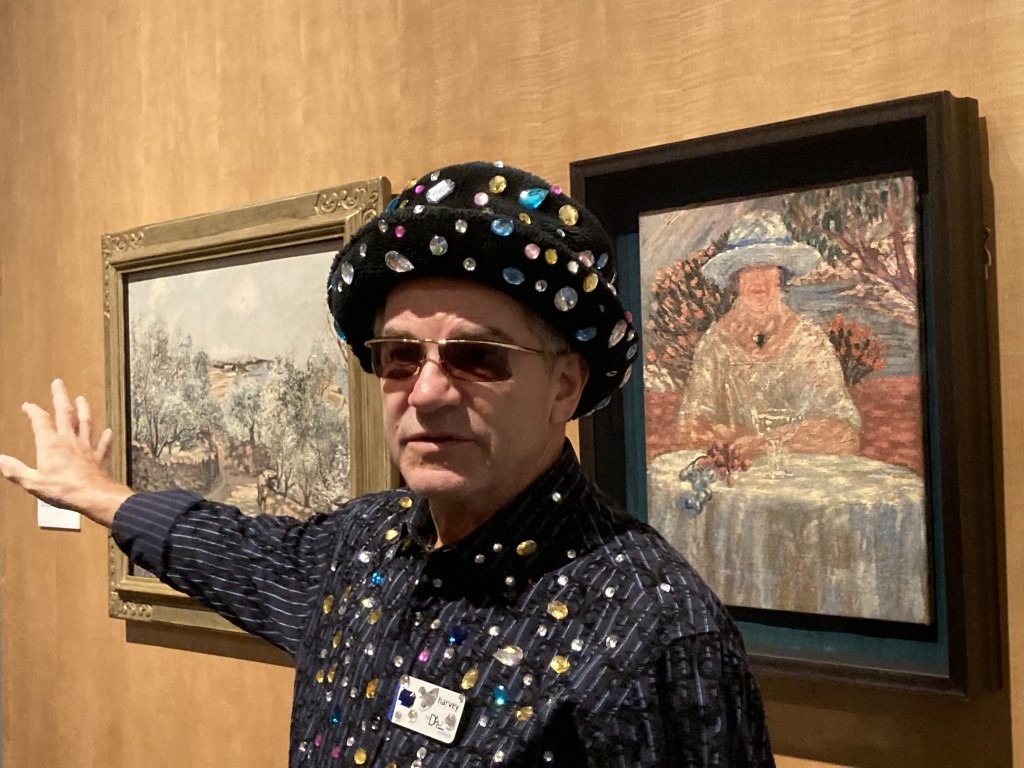
As I sipped my Sauvignon Blanc and enjoyed the proffered hors d’oeuvres, I was drawn to a man wearing a black hat and a black shirt covered in sparkling jewels.
“I’m a Zodiac member,” he confirmed when I asked. “Harvey Drouillard.” His name sounded awfully familiar. Then I suddenly remembered. “I’ve written about you — or at least about your work,” I told him. He was the photographer whose works I referenced in a piece I wrote for this magazine about yoga in museums —Visual Arts and Yoga — A Potent Mix.
His photographs of nudes taken in front of iconic buildings (from the old inverted pyramid at the St. Pete Pier to Haslam’s bookstore), provided the backdrop for my downward facing dog in a yoga class at The Studio@620. “Oh, my,” he responded with his own weird coincidence. “Someone this morning just sent me your piece which I hadn’t seen before.” The story was published more than nine months ago.
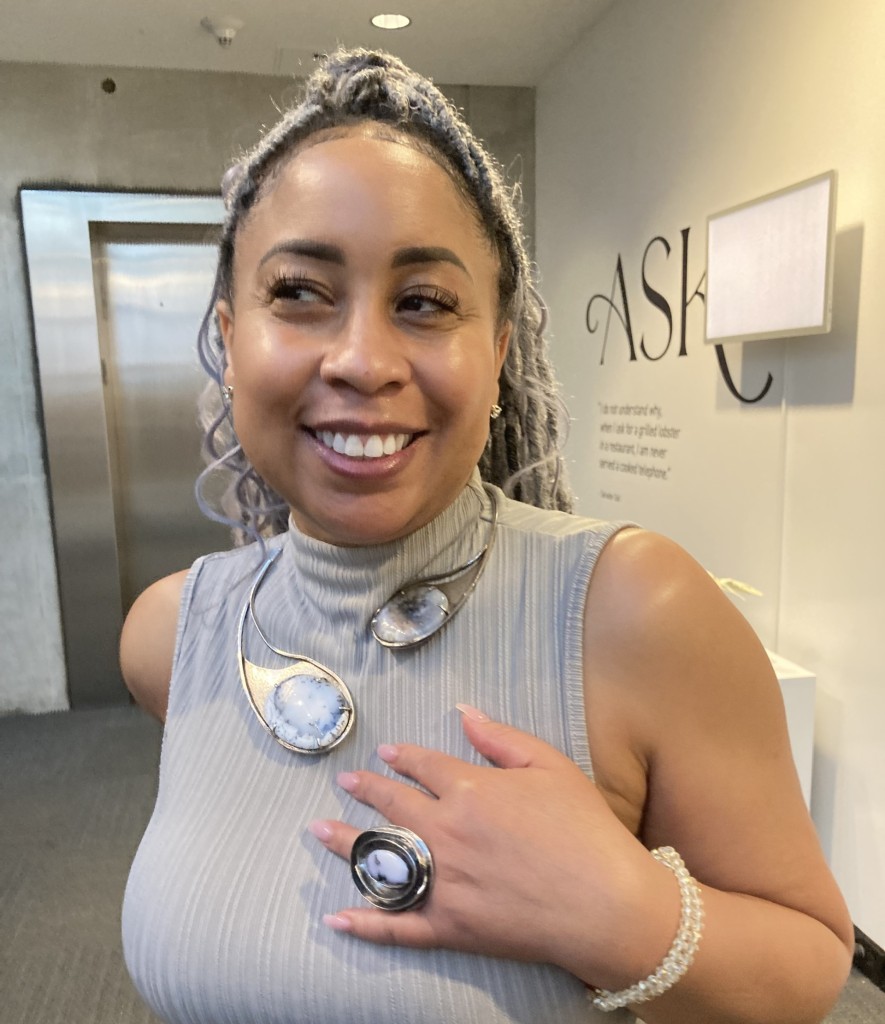
Harvey was not the only one who had taken seriously the instructions to “wear your most surreal jewelry” to the event. A Zodiac member whose name tag said Janna sported giant replicas of Dalí’s jewelry pieces — called The Eye of Time and Leaf-Veined Hand — on her chest, and on her head, The Bleeding Heart. I also spotted a man wearing an oversized necklace of what looked like Christmas balls.

Nichole Fleming, a woman with a spectacular tattooed arm (from shoulder to wrist), was wearing a pair of delicate hooped earrings that she proudly told me she had designed herself. A nurse at BayFront, she had come to the event with her mother.

The striking silver headpiece and necklace worn by Kamysha Martin were also her own design. Martin in fact has a whole jewelry line that she sells under the trademark LolahSoul (it’s easier to remember than Kamysha, she says).
Her jewelry, which she describes as “emerging from organized chaos,” won the Best in Show at last year’s The Dalí Dozen, another Zodiac Committee event. For that annual event, each Zodiac member sponsors an artist – Martin was sponsored by Zodiac Member Kisha Linebaugh.
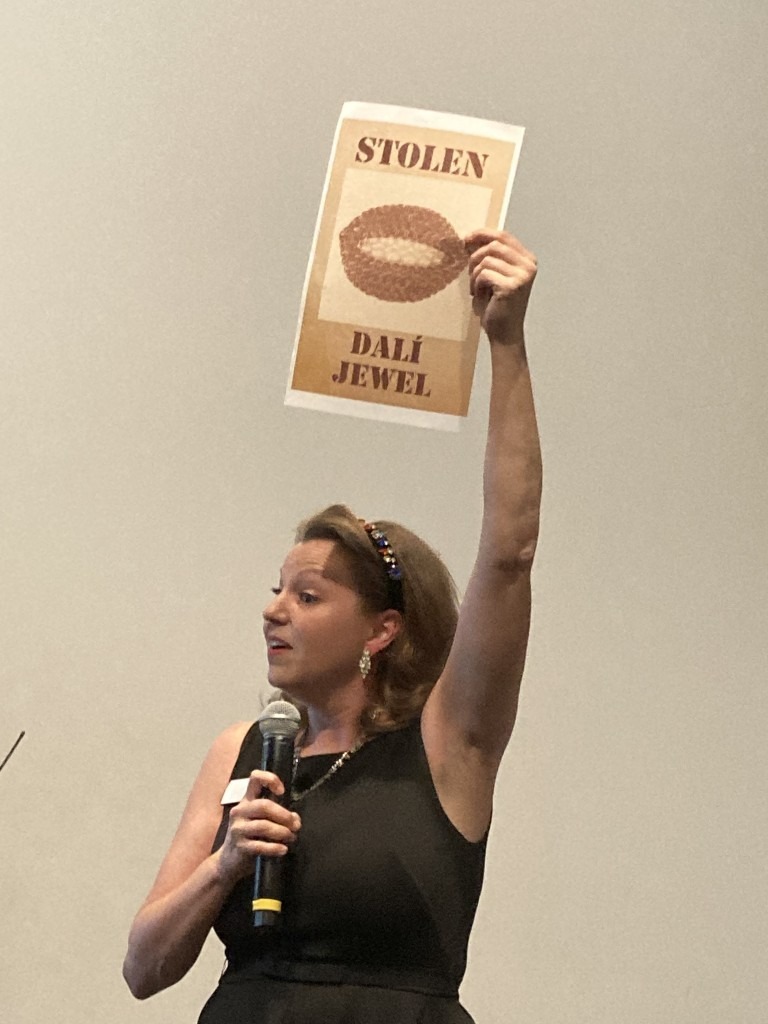
And the Dalí collection? And the hunt for the missing gem? The promised curated tour of the galleries began with Megan Moyer, the Dalí’s membership manager, holding up a sign with a picture of Dalí’s most famous piece of jewelry — The Ruby Lips (pearls for the teeth surrounded by rubies for the lips) — with the word “Stolen” above the image and the words “Dalí’s Jewel” below.
She led us to a vitrine in the main gallery to see the small but glittering jewelry collection that had inspired the evening.

We soon, however, were sent on our way to track down the answer to that whodunnit. Six stations were scattered throughout the gallery staffed by Zodiac members and docents on hand to give brief talks about the art – but most importantly, to give us a letter of the alphabet which, when we had all six, could be scrambled to reveal who stole that infamous Dalí jewel.
Our the first stop on the tour was a look at a Dalí painting, dated 1966, of St. Sebastien, the saint who was shot with arrows who has become a gay icon. In true Dalí contrarianism (and with an obvious nod to his love of androgyny), the figure on the canvas was not the usual man shot with arrows, but a young woman. At that station a Zodiac member with jewels pasted on her forehead and chest gave us our first clue – the letter R.
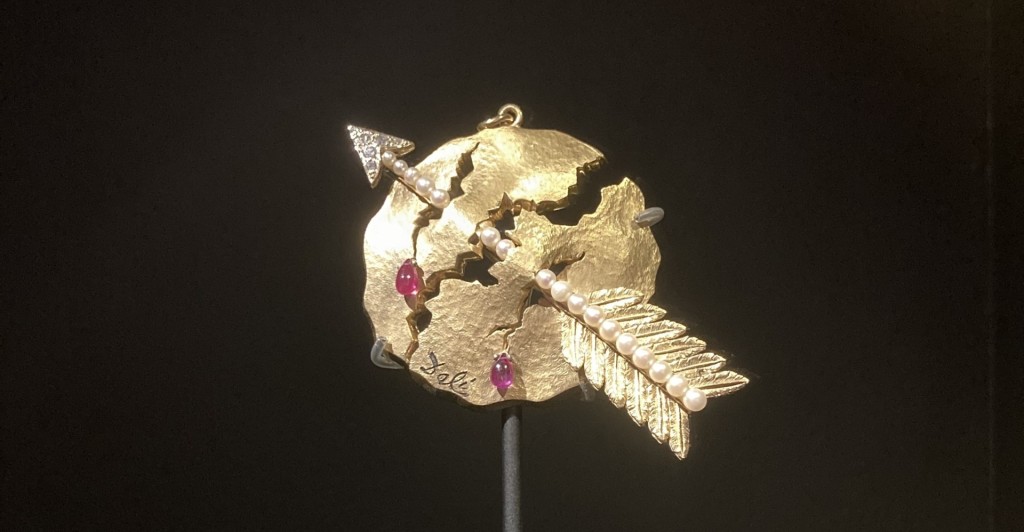
The sixth and last station on the hunt for the jewel thief showcased a 1922 Dalí landscape called The Lane to Port Lligat with View of Cap Creus. The station was manned by none other than my new photographer friend Harvey Drouillard. Harvey gave us the last letter for our puzzle – A.
My index card now read REULDA.

So who was responsible for the mysterious missing gem? As we gathered back in the atrium, Moyer finally revealed the answer (which some of us already had scrambled) – Eluard, as in Paul Eluard, poet and member of the Surrealist movement.
But why was he being accused of hoarding a Dalí gem? Well, you see the “gem” missing from Dalí’s life was not a stone at all, Moyer revealed, but a woman who completed Dalí’s life and became his lifeline – Gala. Gala was married to Paul Eluard when Dalí first met her, so he was holding the artist’s missing gem.
Mystery solved.

